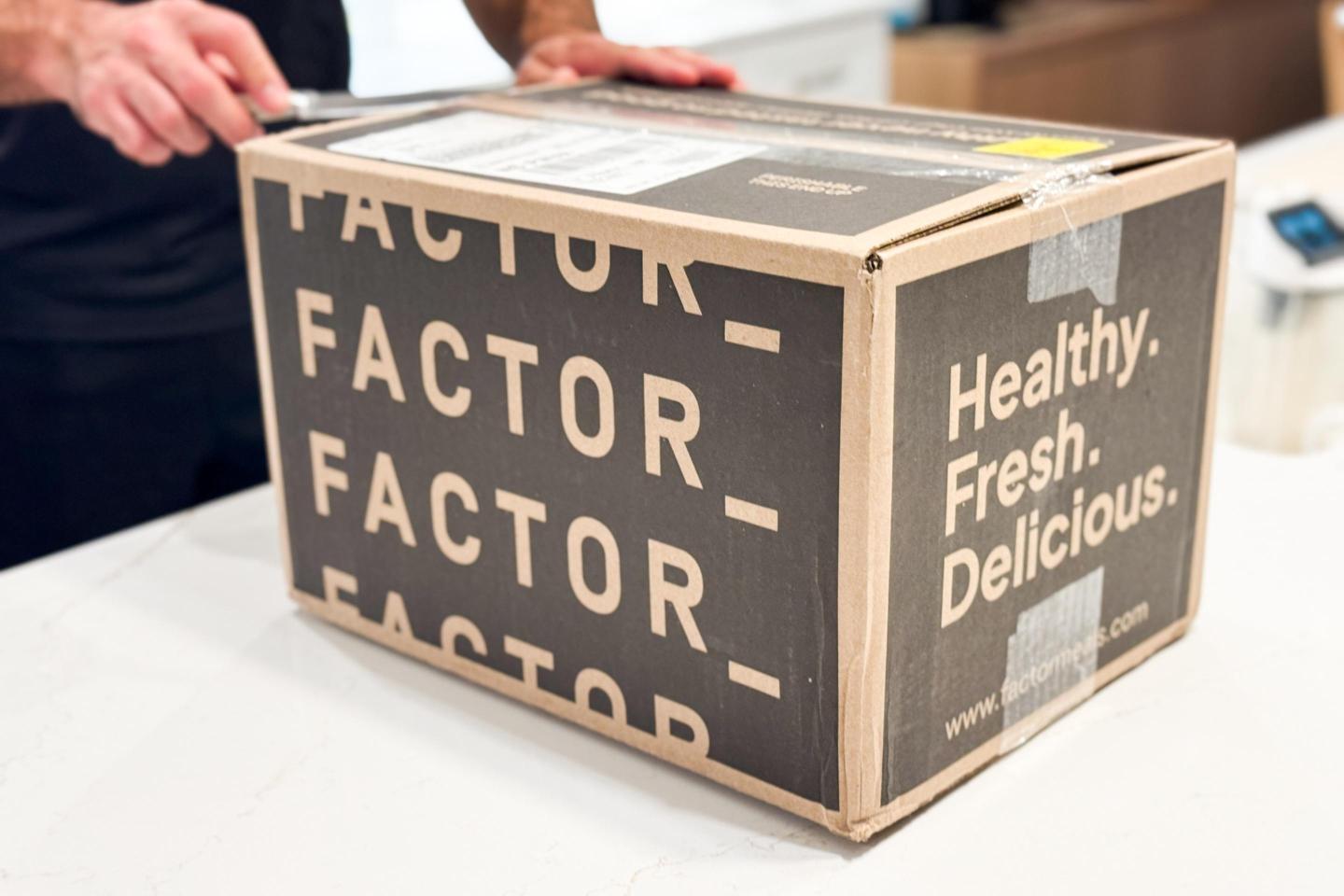How was it that, in 2012, the maternal mortality rate in Texas reached a shocking 148 deaths—double the level from two years previously? That was the question many were asking in 2016, thanks to a study that purported to show just that.
The study’s authors found the spike puzzling, particularly as the state’s rate of deaths associated with pregnancy and childbirth went down again after 2012. And now we know why: the figures were simply wrong.
A new study, published in Obstetrics & Gynecology (like the last study), used different techniques, as well as record reviews, to re-evaluate maternal deaths in Texas in 2012. It found that just 56 of those 148 reported deaths could be confirmed as pregnancy or birth-related.
How did this happen? It was mostly down to hospitals incorrectly coding deaths.
“Approximately half (50.3%) of obstetric-coded deaths showed no evidence of pregnancy within 42 days, and a large majority of these incorrectly indicated pregnancy at the time of death,” the new study’s authors wrote.
The moral of this story, according to the researchers, is that it’s a bad idea to rely on obstetric codes in order to count maternal deaths. The problem is, a lot of research is based on coding, meaning a lot of those numbers might be unreliable.
According to Elliott Main, the medical director of the California Maternal Quality Care Collaborative, the problem stems back to a 2003 decision by the federal government to add a new checkbox to the U.S. standard death certificate—a tick means the deceased woman was pregnant or had just given birth. This issue has previously been highlighted by NPR and ProPublica.
“What we’re finding now is that it is often checked in error, just like any other checkbox on a big form,” Main told The Washington Post. “Because pregnancy-related deaths are so uncommon, the frequency of the box being checked in error can significantly impact the maternal mortality rate reported.”










